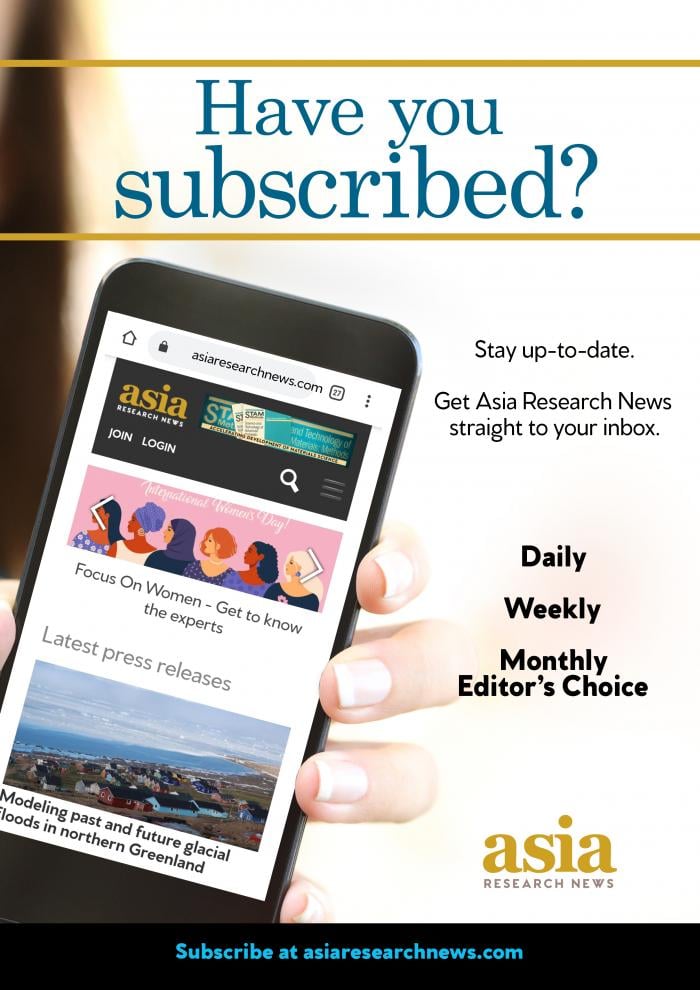Communicating confidently while acknowledging uncertainty
By Ruth Francis
Last month I wrote about communication in the midst of uncertainty around breaking news. Yet uncertainty is part of science, and has a different meaning for researchers than in everyday discourse. Scientific uncertainty is a quantitative measurement of variability, rather than an implication of doubt.
The way researchers convey uncertainty can impact trust in their research and more broadly in their field. If a researcher says they cannot be absolutely certain about something, that is fine, but too many caveats can muddle a message. Though it isn’t true that the public wants yes and no answers, they are often looking for reassurance from experts.
So, how to maintain a clear and simple message about complex research, while also acknowledging scientific uncertainty?
Try sharing what IS known and why, and then move to what’s less clear. For example: what we generally see is X. We can trust these results because Y, but some gaps remain because Z. It is OK if there are important gaps in the knowledge; it’s an opportunity to explain why these gaps still exist and what is being done to address them; in other words, to explain the way science works. Discussing where the evidence comes from and its limitations shows openness and transparency, which will draw people in.
Rather than talking and talking into more detail, step back and try to find a simple way to explain the issue. Storytelling can help here: people find it easier to understand anecdotes than large numbers and risk factors. Focusing on a single person provides a character to identify with. It is still possible to give specifics; but explaining by way of a story allows for empathy and often means the audience will better retain what they’ve heard.
A bold quote can be just that; bold without a lot of caveats or qualifiers to water it down. But do avoid hype or overstating confidence in an outcome. You can be personable, entertaining, memorable and confident while also providing context. Talking about the motivation for the research, stories about the discovery process, or reaction to the results can make the most vivid quotes.
When discussing results, give real numbers where relevant, rather than percentages and averages as it is clearer to the audience and easier to understand. Saying that something is an estimate helps convey uncertainty without going overboard. Don’t use jargon – I know I’ve said this before, but it is especially important when discussing scientific uncertainty. If you lack confidence in appropriate lay language, look at media reports on your field and think about which terms you like and think work well before using them yourself.
This way, you can communicate uncertainty without confusing your audience or undermining their trust in the research. Of course, there are times when it is important and necessary to discuss varying quality of statistics and how that affects interpretation. But in general, worry less about the nitty gritty and focus on the big picture.
----------------------------------------------------
Ruth Francis is a communications expert with 20 years of experience working in academia and publishing, including Springer Nature, BioMed Central, Cancer Research UK and King's College London.



